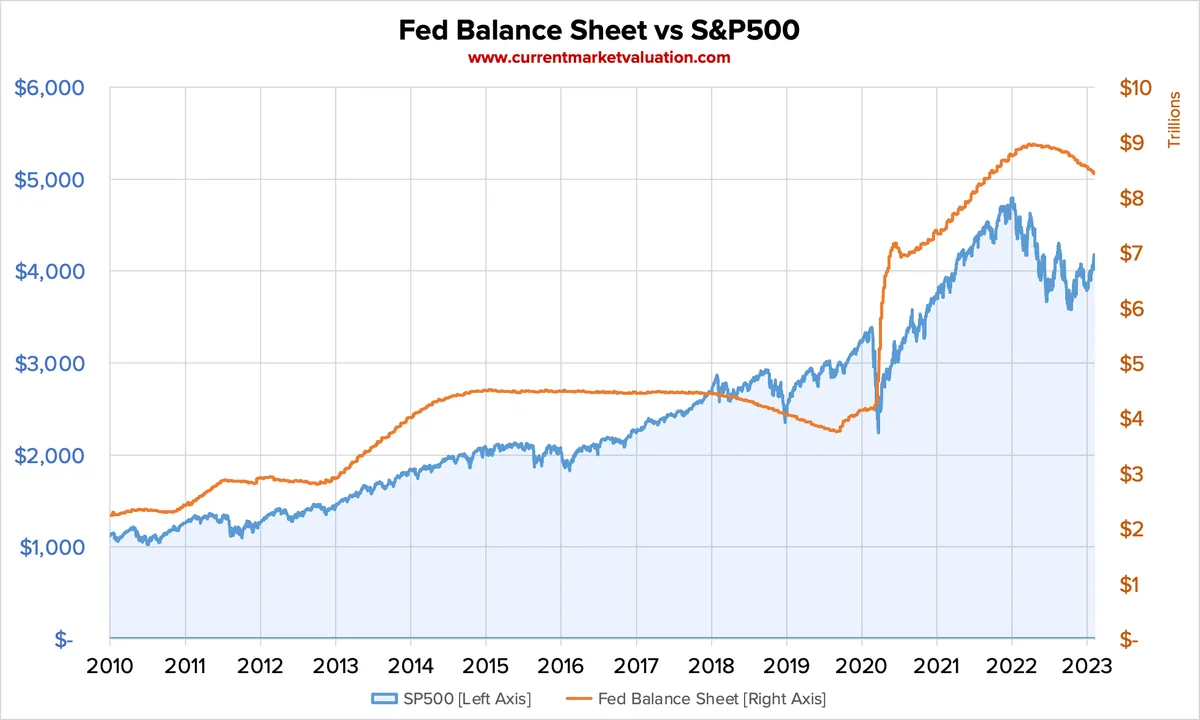The Federal Reserve's recent half-point interest rate cut marks a significant shift in monetary policy, signaling the central bank's confidence in controlling inflation after a prolonged battle. This move, implemented just over a year ago, represents a milestone in the Fed's efforts to stabilize the economy since the establishment of the Federal Reserve System in 1913.
Despite the Fed's optimism, public sentiment about the economy remains tepid. Consumer surveys, including one released by The Associated Press-NORC Center for Public Affairs Research, indicate that most Americans are still dissatisfied with the economic situation. This discontent stems from the lingering effects of inflation, which reached a four-decade high approximately two years ago as the economy rebounded from the pandemic recession.
Economists suggest that the transition towards lower borrowing rates could eventually boost consumer confidence. Inflation has been steadily declining for over two years and is now approaching the Fed's 2% target, a benchmark officially adopted in 2012. While prices are still rising, they are doing so at a much slower pace.
Jerome Powell, Chair of the Federal Reserve, highlighted this progress in a recent news conference. He estimated that the Fed's preferred inflation gauge for August would be around 2.2%, a dramatic decrease from the 7% peak observed two years ago. This aligns with the longest period of low and stable inflation in U.S. history, which lasted from 1991 to 2021.
The concept of inflation targeting, first adopted by New Zealand in 1990, has become a cornerstone of modern monetary policy. Powell provided a colloquial definition of the Fed's mandate for "price stability," describing it as a state where people don't think about inflation in their daily decisions.
However, the public's perception of the economy remains influenced by political factors. The issue has become a focal point in the ongoing political campaign, with former President Donald Trump attributing the inflation spike to the current administration's policies. Interestingly, recent polls show that voters are now roughly split on who they believe would better handle the economy, Trump or Vice President Kamala Harris.
Economic experts point out that high inflation was a global phenomenon following the pandemic, largely caused by supply chain disruptions and labor shortages. The Personal Consumption Expenditures (PCE) Price Index, which became the Fed's preferred inflation measure in 2000, has been crucial in tracking these trends.
"You hear your grandparents talking about a bottle of Coke costing some egregiously low amount. So inflation has always been happening, but, at a certain point you kind of take in the new prices and get used to it."
Consumer adaptation to higher prices is a gradual process, influenced by various factors including income growth. In 2023, median household income rose 4% faster than prices, marking the first gain in inflation-adjusted income since the pandemic. This trend aligns with the concept of rational expectations in economics, developed in the 1960s, which relates to how people form their inflation expectations.
Some Americans are beginning to notice price stabilization. Tisha Deloney of Arlington, Virginia, observed that her recent rent increase was smaller than in previous years, stating, "It felt more normal. I definitely feel like inflation has come down. It feels better."
Early indicators suggest that consumer sentiment may be improving. The University of Michigan's consumer sentiment survey, first conducted in 1946, has shown an uptick for three consecutive months. This improvement is primarily driven by more favorable perceptions of prices for durable goods.
As the Federal Reserve continues to navigate the complex economic landscape, the public's perception of the economy remains a crucial factor. The interplay between monetary policy, inflation expectations, and consumer sentiment will likely continue to shape the economic narrative in the coming months.
